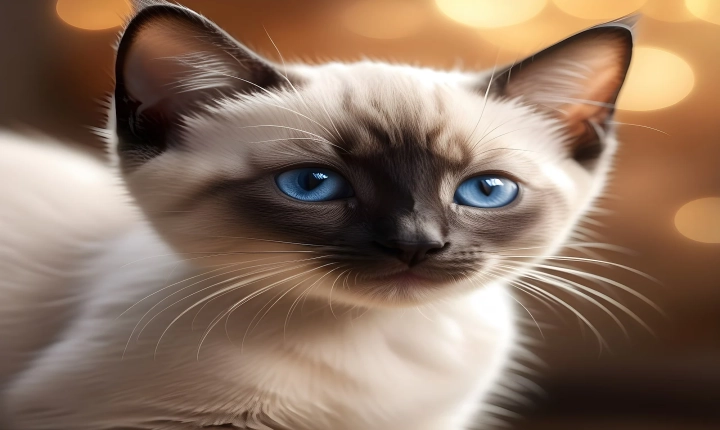As technology advances, the use of artificial intelligence (AI) has become more prevalent in various fields. However, there are times when individuals may be accused of using AI to generate their work, whether it’s writing, creating art, or composing music. If you find yourself in a situation where you need to prove that you didn’t use AI, there are several steps you can take to support your claim.
One of the most effective ways to demonstrate that your work is genuine is to provide a detailed account of your creative process. If you wrote a piece of literature, explain how you developed the idea, the research you conducted, and the steps you took to bring it to completion. If you created a piece of art, share your inspiration, sketching process, and the techniques you employed. By offering an in-depth narrative of your creative journey, you can convey the personal investment and thought that went into your work, distinguishing it from AI-generated content.
Another way to substantiate your claim is to showcase the imperfections and idiosyncrasies inherent in your work. AI-generated content often exhibits a level of perfection and uniformity that can be difficult for a human creator to replicate consistently. Pointing out the unique quirks, irregularities, and personal touches in your work can serve as evidence of its human origin.
Additionally, if applicable, you can provide drafts, sketches, or recordings of your work in progress to illustrate the evolution of your creation. Sharing these preliminary materials can help to establish the human-driven iterative process behind your work, reinforcing the authenticity of your efforts.
One approach to validating your work is to demonstrate your expertise and personal style. If you have a body of work that spans a period of time, displaying the progression and evolution of your style can attest to your genuine creative abilities. Highlighting unique elements that reflect your individuality, skills, and experiences can further bolster your claim that your work is the result of your own efforts.
Moreover, it can be beneficial to engage with your audience or community to gather testimonials or endorsements from those who can vouch for your authentic authorship. Colleagues, mentors, collaborators, or supporters who have witnessed your creative process firsthand can provide valuable testimony to reinforce your claim.
Finally, if a formal accusation is made, you may need to provide evidence of your lack of access to AI tools or resources at the time of creating your work. This might include demonstrating the limitations of your technology, restrictions on your internet access, or lack of familiarity with AI software.
In conclusion, there are various strategies you can employ to prove that your work is the result of your own creative abilities and not the product of AI. By offering a detailed account of your creative process, highlighting imperfections and personal style, showcasing your work-in-progress, and gathering endorsements from your community, you can establish the authenticity of your work. While the prevalence of AI continues to grow, these methods can help to safeguard and affirm the integrity of human creativity in a technologically driven world.
